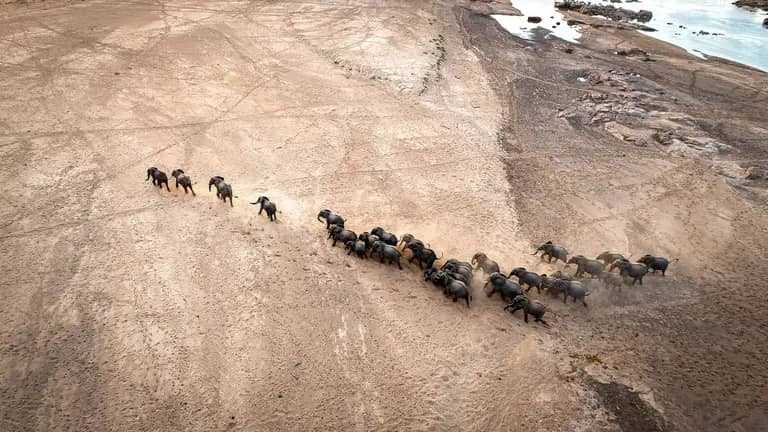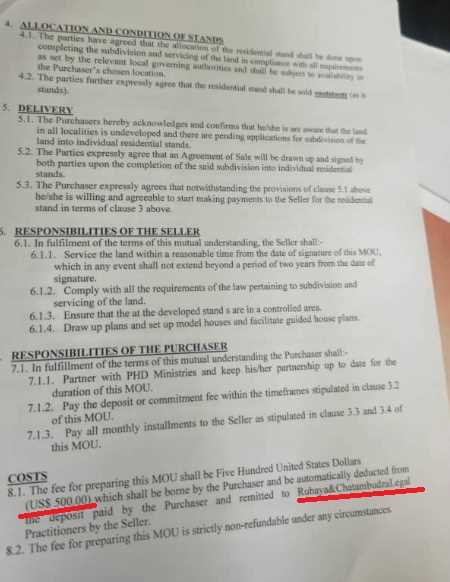
Rutendo Mazhindu- Zim Now Reporter
The Centre for Natural Resource Governance has condemned the Zimbabwe Parks and Wildlife Management Authority for authorising the culling of 50 elephants in Save Valley Conservancy. This comes as conservation efforts elsewhere marked the return of white rhinos to Gonarezhou National Park for the first time in over a century.
CNRG described the elephant culling as a “violent, short-term fix” and accused ZimParks of lacking transparency on how the operation will be carried out. The authority said the decision to cull is based on ecological pressures, with the elephant population in Save Valley reportedly exceeding the area’s carrying capacity by more than threefold.
“ZimParks fails to clarify how the culling will be conducted and whether they will target entire herds or what criteria they will use to select the elephants to kill,” CNRG said.
The organisation also raised concerns over the planned distribution of elephant meat to communities, warning that the move could be a veiled attempt to accumulate ivory stockpiles amid Zimbabwe’s ongoing push for the lifting of the international ivory trade ban.
“We are alarmed by the quiet commodification of this exercise. Turning elephants into meat and trophies under the label of ‘management’ betrays both our heritage and our moral responsibility to future generations.”
CNRG criticised what it termed a militarised, extractive model of wildlife governance that excludes communities from conservation decisions. The group said such an approach risks deepening mistrust and increasing human-wildlife conflict.
“The militarised and extractive approach will only escalate conflict and deepen mistrust.”
The group further warned of economic repercussions, noting that wildlife tourism contributes an estimated US$433 million annually to the country’s GDP.
Related Stories
“Killing wild animals that are the basis for the tourism economy threatens sustainable livelihoods. This industry is heavily reliant on healthy wildlife populations and intact protected areas.”
CNRG urged the government to consider non-lethal alternatives such as translocation, habitat restoration, ecological corridors, and community-led conservation.
The criticism came as ZimParks and its partners celebrated the successful reintroduction of five southern white rhinos into Gonarezhou National Park—an initiative described as a historic milestone in the country’s conservation efforts.
The rhinos, relocated from the Malilangwe Trust between April and May, were returned to Gonarezhou after being extinct in the region for more than 100 years.
The Gonarezhou Conservation Trust said the goal is to re-establish a viable population and restore lost biodiversity.
“The return of white rhinos to Gonarezhou is a historic milestone, but it is only the beginning. Ensuring their protection and long-term survival will remain a key focus.”
The reintroduction followed extensive planning, feasibility studies, and security preparations. The rhinos were carefully selected based on age, sex, and social compatibility, and were held in acclimatisation pens before being released into secure areas of the park.
GCT implemented ranger patrols, aerial surveillance, and real-time tracking systems. The initiative builds on infrastructure developed during the 2021 black rhino reintroduction.
Southern white rhinos are listed as Near Threatened by the International Union for Conservation of Nature, with an estimated global population of 13,000.
Zimbabwe’s white rhino programme is seen as critical to the species’ survival amid persistent threats from poaching and habitat degradation.
CNRG called for a unified, ethical approach to wildlife management that balances ecological sustainability with social justice and economic development.
“What is needed is a national strategy on elephant range expansion, ecological corridors, and increased investment in transboundary elephant conservation,” said CNRG, urging ZimParks to halt the culling.

















Leave Comments